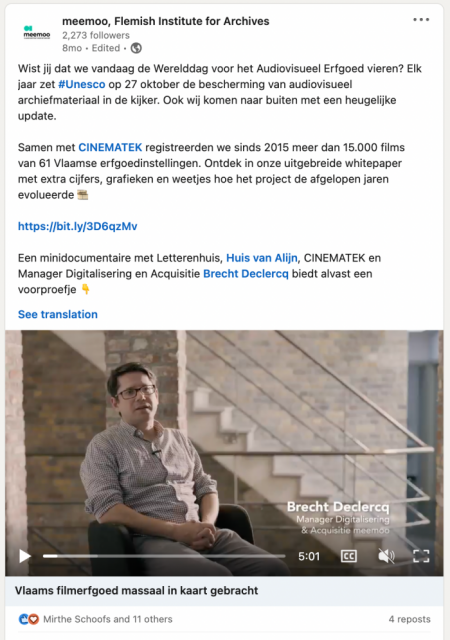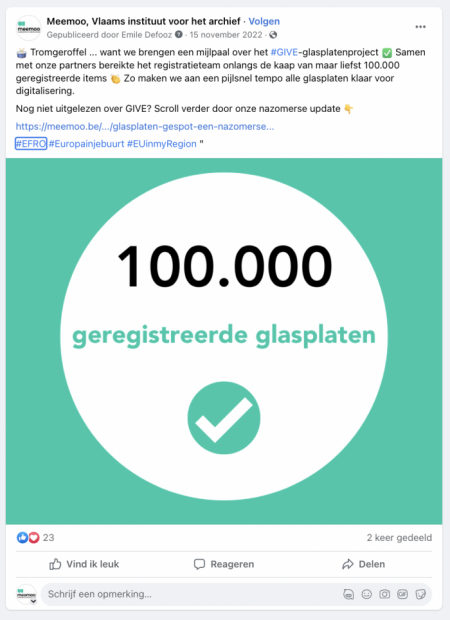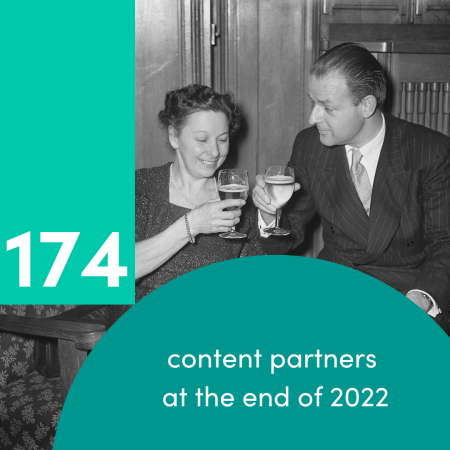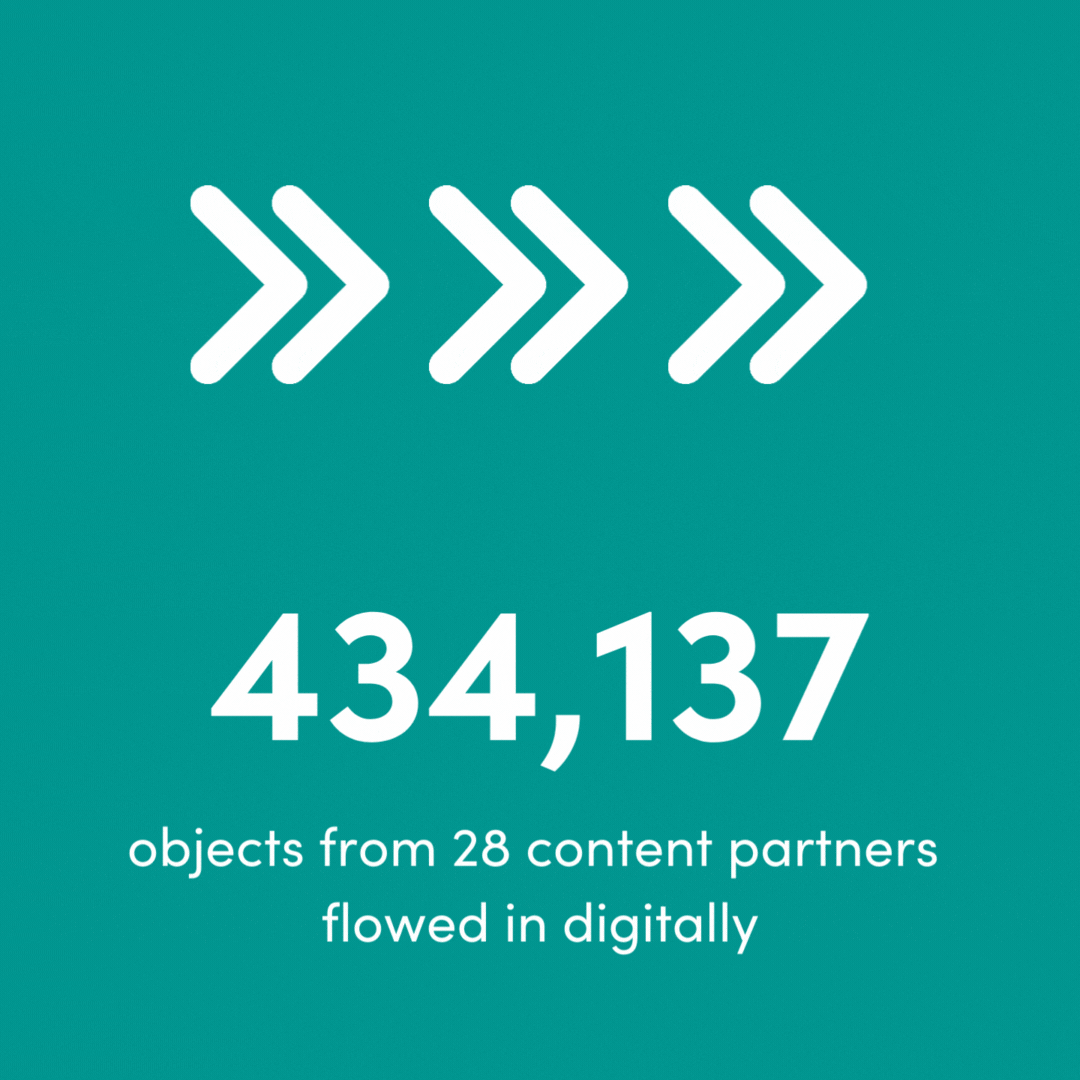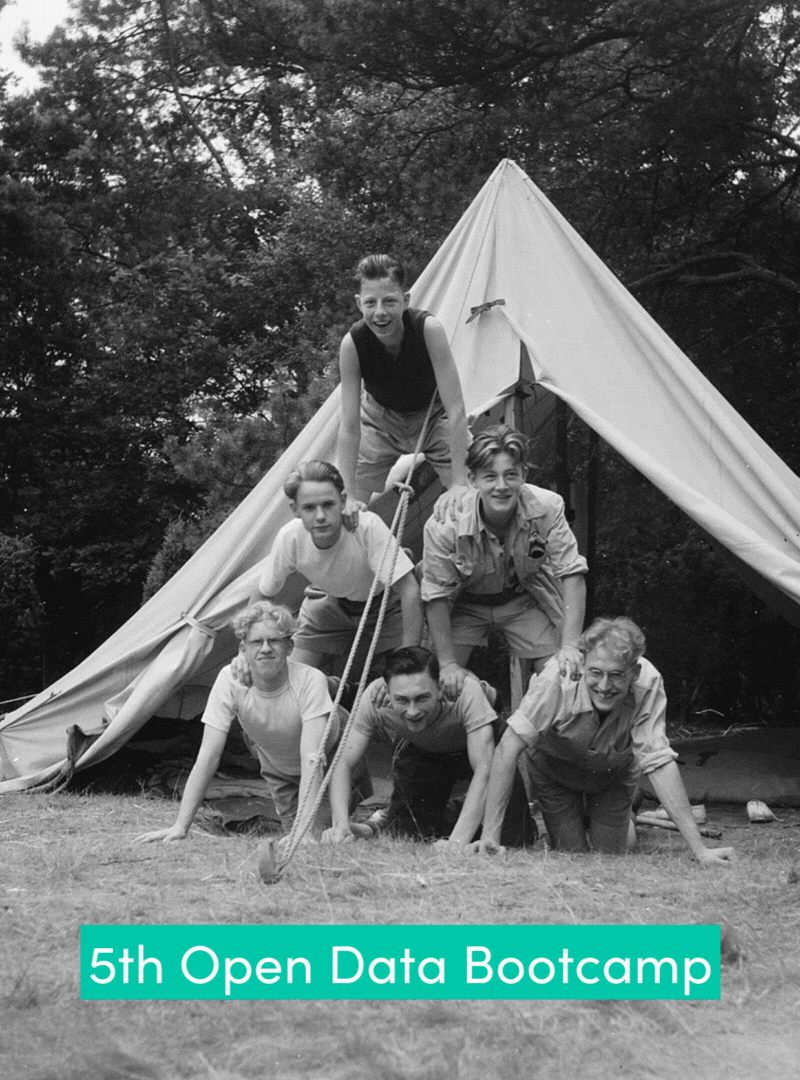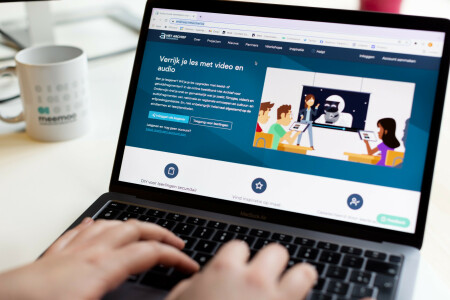2022 in brief
While continuing to work diligently to digitise, preserve and make content accessible, in 2022 we also gained more expertise – which we also shared – with several temporary projects reaching full speed. Alongside all our busy day-to-day activities, we also took some time to zoom out and look at the bigger picture. Because to be ready for the needs of tomorrow, we need to work on our foundations today.
Before delving into the details of our annual review, let’s first take a moment to acknowledge the people who made our year possible.
Building a team
All our preparation and progress would be in vain if we didn’t have our passionately enthusiastic team to rely on. We bid farewell to a few familiar faces in 2022, but also welcomed a number of new talents. With 43 permanent team members, three seconded teachers and a regular flow of eager interns, we were there again for archives last year, just like every year. Find out what that means in concrete terms below.
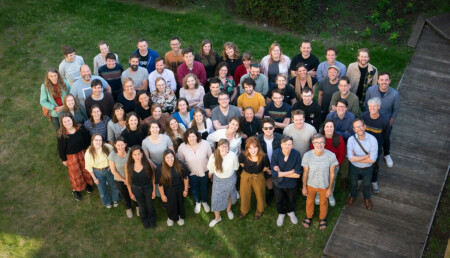
© meemoo
Digitisation, sustainable storage and digital management
Converting content into a digital format and preparing it for the future is at the core of what we do. In 2022, we converted almost 8,000 audiovisual carriers – 7,941 to be precise – into digital files, bringing us up to 81% of the total number of carriers of which we are currently aware.
Meanwhile, our content partners are continuing to acquire new audiovisual content all the time, and we sometimes also welcome new content partners with materials that need safeguarding. To preserve these carriers, many of which have been the subject of large-scale digitisation projects that are already complete, we introduced the combo-digitisation approach – in which we handle a mix of carrier formats in smaller sub-projects. Thirteen different video formats led the way in 2022.
By the way, do you know the difference between digitisation and digital migration (and why the latter is often a more accurate description)? We explained it in detail in this tech blog.
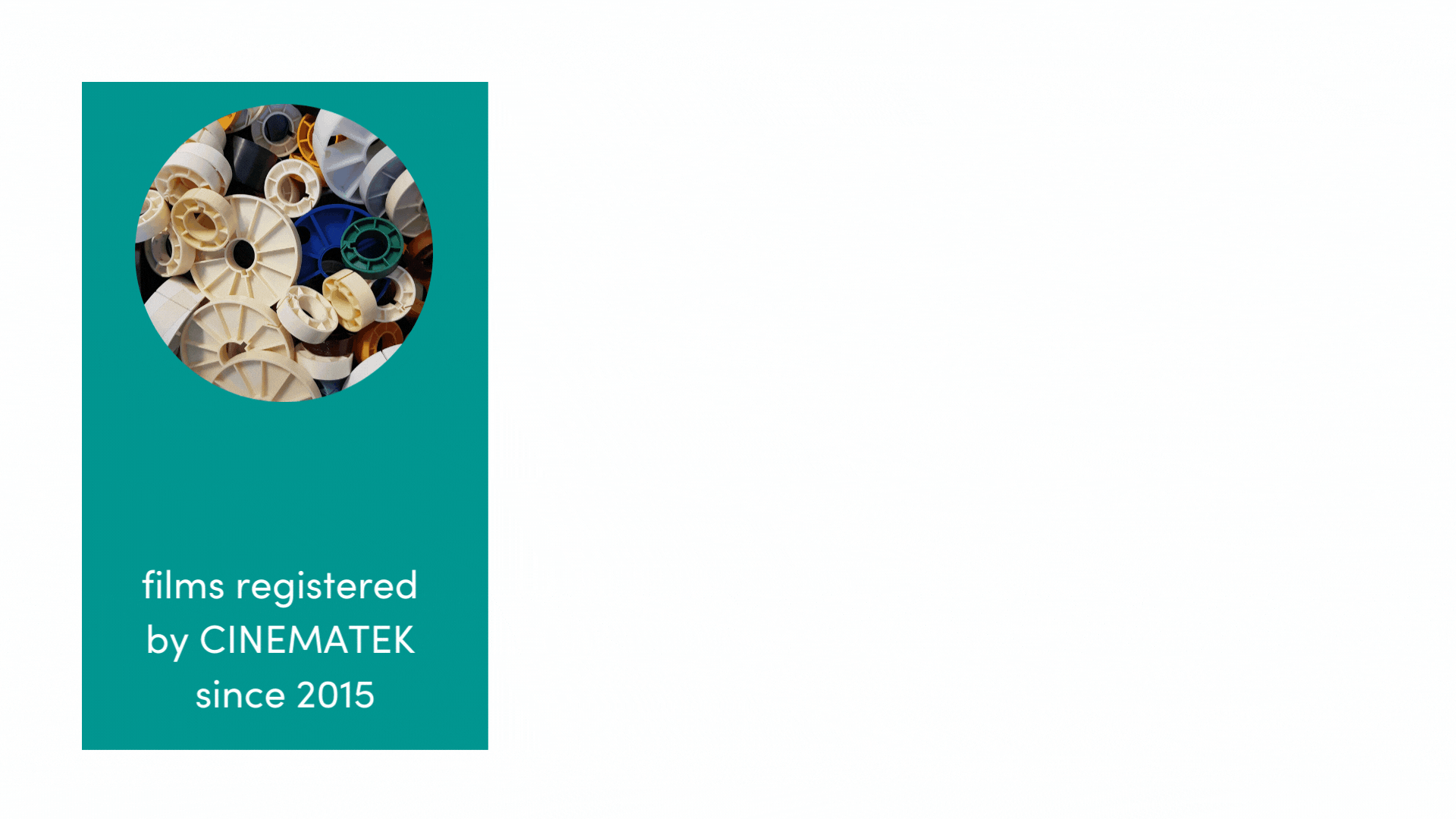
More digitisation highlights:
We have been collaborating with CINEMATEK to register our content partners’ film heritage since 2015. At the end of 2022, we reached a total of 15,880 registered films – 1,320 more than originally planned. We highlighted the importance of this impressive achievement with a video and an extensive whitepaper.
In 2022, we continued our digitisation project for damaged film, which has been running since 2018, and were finally able – following some delay – to also start digitising nitrate film. This resulted in us ending 2022 with 1,378 digitised films: 1,294 damaged films (in various formats) and 84 at-risk nitrate films.
We were also able to conclude our XDCAM project, in which a huge variety of video files (because XDCAM can hold anything) were digitally converted – meaning the content from more than 6,000 selected carriers is now ready for a sustainable future.
There’s more than just sound and images
In addition to digitising audiovisual materials, we’re increasingly digitising other types of carriers as well, such as photographic captures of art and heritage objects for artinflanders.be. We visited 11 Flemish museums and heritage institutions to digitise a total of 636 works last year, the results of which were then given a permanent place in our archive system and can be viewed on our art and heritage image database, artinflanders.be.
By the way, did you know:
57 of these works are by Constant Permeke? The artist’s oeuvre entered the public domain on 1 January 2023, so we made an effort to photograph as many of his works as possible.
we captured 20 Flemish masterpieces in high-quality photographs, including one in the very finest detail – a so-called gigapixel image – last year?
we ventured into 3D object scanning for the first time in 2022, as part of the GIVE Flemish masterpieces project? Read how we went about it here.
Stored safe and sound
All these files are now stored safe and sound in the meemoo archive system. In 2022, our digital archive grew by over half a million objects, totalling 3.6 petabytes (PB). At the beginning of the year, we celebrated a milestone: our archive system passed the 20 PB mark. By the end of the year, we reached a total of 23.4 PB from 6.5 million objects.
In order to keep our archive system running smoothly, we worked on our processes both above and under the bonnet. We’ll spare you all the technical details, but can tell you that the user interface received a completely new user-friendly design. We also continued to migrate LTO6 tapes to LTO8.
Making content accessible
Securely storing archive materials is one thing, but not keeping them hidden away under lock and key is another. At meemoo, we strongly believe that content is more valuable when it’s shared. Our content partners can make the materials that we digitise and store for them available to their audience, e.g. on their website or in publications or exhibitions. We provide the necessary support for this in the form of tools, documentation and training. And we also make significant efforts to showcase the rich content that our partners entrust to us to a diverse audience.
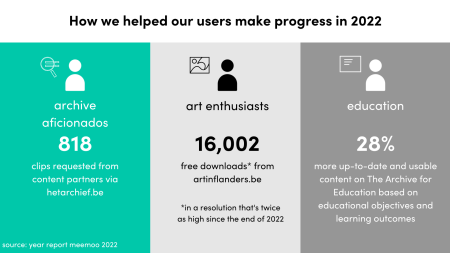
Ambitious plans
You can now find our partners’ content on various platforms. To search through descriptions of over a million of their images and audio clips, head to hetarchief.be. For high-quality images of art and heritage, we recommend artinflanders.be. You can find press coverage of the First World War in the News of the Great War newspaper database. And content partners can access their own and colleagues’ materials on Catalogus Pro.
We admit that all this could be easier. And that’s why, for the past few years, we’ve been building a comprehensive umbrella platform where we will gradually merge all of the above. In 2022, we were able to give our content partners a glimpse of what’s to come: we started our first four pilot projects using the visitor tool, which content partners can use to provide visitors with access to their images and audio stored digitally on-site. At the same time, we continued to work hard on the infrastructure for this unified archive website. We also investigated the possibility of a professional exchange platform for audiovisual content in Flanders, and welcomed 15 further content partners to Catalogus Pro.
The Archive for Education
We celebrated the start of the academic year in 2022 with an expansion of the student area on our educational platform for secondary school pupils. New features include search and creation functions that allow teachers to share stimulating audiovisual assignments with their students. We provided support in the form of webinars, workshops, screencasts and FAQs.
The pickings available on our educational image database became even greater in 2022. Teachers could choose from over 25% more updated content for their lessons compared to three years ago. The number of partners offering their materials on our platform also grew, with three new providers joining in 2022. And, just before the end of the year, we reached the milestone of 25,000 clips on our platform. This offering has ensured we’ve created many new collections tailored specifically for lessons in the classroom, collaborating with partners such as VIVES University College, FARO - Flemish Institution for Cultural Heritage, KADOC - Documentation and Research Centre on Religion Culture and Society from KU Leuven, VRT (national public-service broadcaster for the Flemish Community of Belgium), and Red Star Line Museum.
All of this resulted in a lot of activity on our educational platform. In 2022, we welcomed 80% more primary school teachers with an account and 36% more secondary school teachers. To guide them on The Archive for Education, we organised 72 workshops. Secondary school pupils were also on our platform in large numbers, with 82,000 student accounts at the end of 2022.
Gathering knowledge and giving advice
There is always something new to learn about digital archival work: the processes are constantly evolving. Fortunately, at meemoo, we are always thirsty for knowledge and eager to share our insights with our network. In 2022, among other things, we did this by:
answering 281 requests for advice (link in Dutch);
supervising 26 projects as part of the Flemish government’s initiative to deal with the backlog of digital collection data;
taking part in 17 subsidised projects with other cultural organisations;
organising dozens of training sessions for content partners and the wider cultural sector.
To share all the knowledge we gather in a clear way, in 2022 we took the first steps towards a unified and easily searchable knowledge platform. In the future, this platform will bring together all the knowledge from meemoo.be and projectcest.be, allowing both meemoo and the sector to share their expertise.
We always keep the following five domains in mind when gathering and sharing knowledge:

Metadata
To manage archive materials and make them discoverable and reusable, you need metadata (link in Dutch). A file that is not or poorly described is difficult to find. Metadata and the knowledge surrounding it are not only crucial for our internal processes, but also for the service we provide to partners and our advisory role. That’s why we’re modernising our metadata management, experimenting with artificial intelligence for metadata enrichment, and sharing our experiences.
In 2022, we overcame the first hurdles on our path to an improved metadata infrastructure. We implemented an initial version of the meemoo Knowledge Graph, a unified and flexible solution that aims to provide a more sustainable basis for the intake and accessibility of materials. That’s the short version. For a longer lecture, click here. And experts will find what they’re looking for here (link in Dutch). We also found a suitable technical partner and developed a standard for delivering data in digitisation projects and digital influx.
Speaking of standards, with the Open Standards for Linked Organisations (OSLO), the Flemish government is aiming to establish a uniform way of exchanging data. In 2022, we contributed to the OSLO process for cultural heritage by taking part in the Working Group for Implementing OSLO Heritage Data (link in Dutch), expanding the Objects Entry Book and publishing an OSLO guide (link in Dutch).
Metadata (more specifically: learning object metadata, also known as LOM) also plays an important role in how our educational platform, The Archive for Education, functions. With support from VLAIO (Flemish Agency for Innovation and Entrepreneurship), we worked on revising the content of the LOM standard and developed a metadata model tailored specifically to educational innovation (link in Dutch).
Rights and privacy
When making content accessible, the issue of copyright always rears its head sooner rather than later. Knowledge about copyright and privacy – and the possible restrictions that apply as a result – is important not only for our own operations, but also for our content partners and other cultural organisations who often face these challenges. To give them a helping hand with this complex matter, in 2022 we provided advice in various ways:
we published the latest best practices from our project: Tools for dealing with copyrights and usage restrictions on cultural content, which we completed in 2020;
we organised two rights workshops, including one as part of Public Domain Day;
together with FARO (Flemish Institution for Cultural Heritage) – after a long break – we supported two meetings for the Copyright User Group
Linked (open) data
Preserving other and new formats
Social media has become an integral part of our daily reality, providing a wealth of information about our times. But social media posts are still not being sufficiently archived, mainly due to a lack of knowledge within organisations. Since 2020, we’ve made it our mission to develop best practices for capturing, archiving and making social media accessible. In 2022, we concentrated on capturing accounts and social media streams, gradually shifting our focus from archiving to accessibility.
Digital strategy
How can cultural organisations – and society as a whole – use digital resources to achieve their mission? At meemoo, we’re exploring ways to develop digital strategies, and investigating how we can best support organisations in this regard. In 2022, we again co-organised the Digital Leadership in the Cultural Sector (link in Dutch) training programme, and took part in discussions with the Flemish government on digital transformation in the cultural sector. For example, we collaborated on the process for the strategy paper: Working towards a powerful cultural sector in digital times.
We also organised several guided sessions using the Digital Maturity Self-Assessment Tool and a workshop on the Digital Sustainability Score Model to help cultural organisations with their digital strategies. Additionally, since 2020, we have been supervising projects as part of the Flemish government’s initiative to deal with the backlog of digital collection data, as requested by the Department of Culture, Youth and Media. We completed the first projects last year, and 16 new ones were then started thanks to an additional call for projects with funding from the Flemish Government’s Resilience Recovery Plan.
An extra dose of culture
Now that you’re up to date with our regular activities, let’s take a brief look at the additional projects that shaped our year. In 2022, we continued to work diligently on a number of relaunch initiatives that started the previous year, thanks to a one-off financial injection from the Flemish government:
GIVE - Gecoördineerd Initiatief voor Vlaamse Erfgoeddigitalisering (Coordinated Initiative for Flemish Heritage Digitisation)
In the GIVE project, we’re collaborating with numerous partners in the cultural and government sectors to digitise a large number of newspapers, glass plates and Flemish masterpieces. We’re also making extensive use of artificial intelligence – speech, entity and facial recognition in particular – for metadata enrichment. 2022 marked the second and penultimate year of the project, so we all stepped up our efforts.
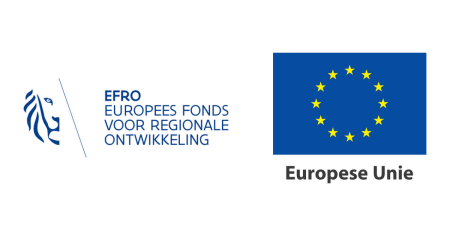
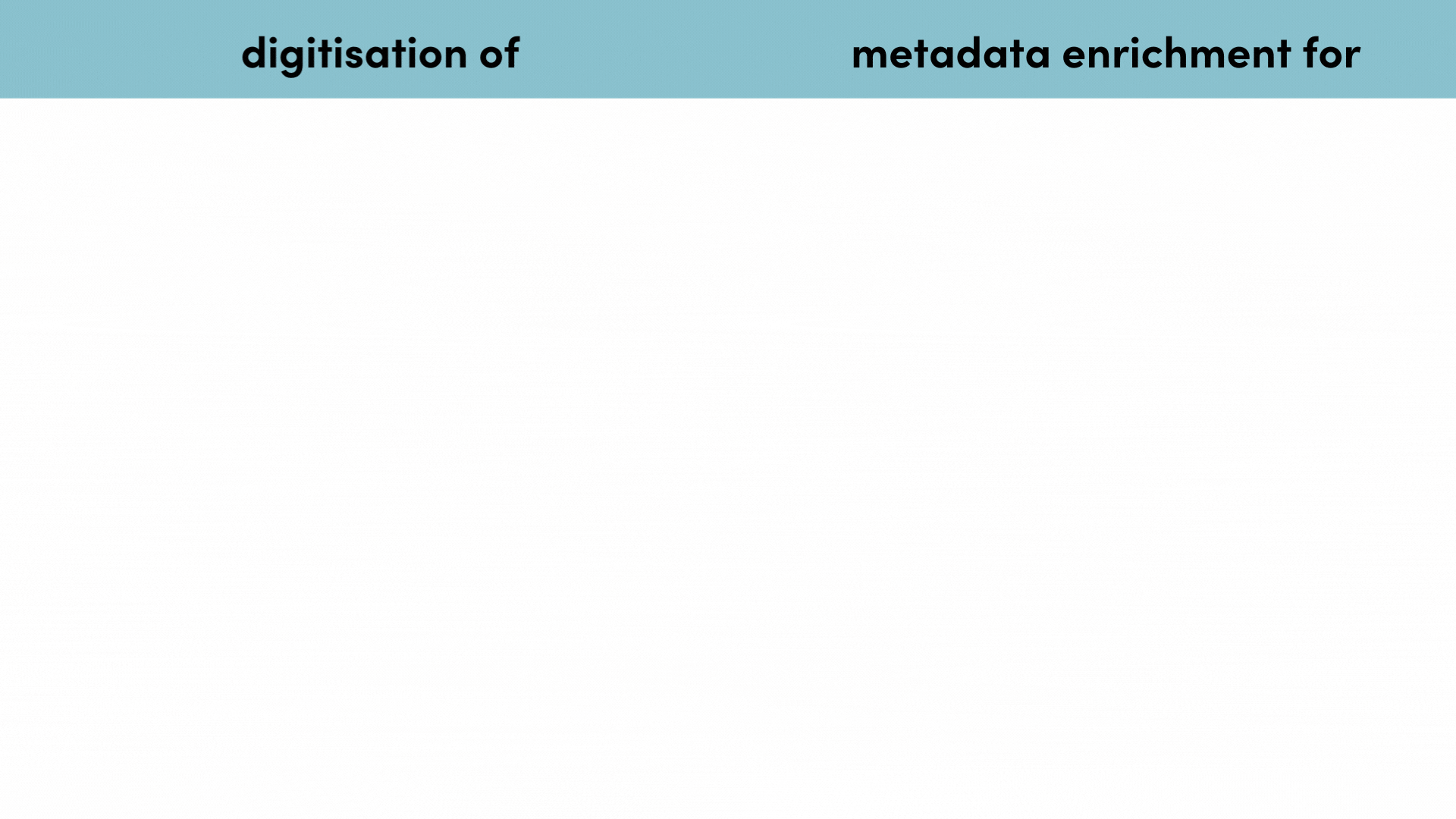
The GIVE projects have been made possible thanks to support from the European Regional Development Fund and are part of the Flemish government’s Resilience Recovery Plan.
A new future for Flemish heritage databases
For a few years now, we have been working on a solution to integrate the Erfgoedplus and Erfgoedinzicht Flemish heritage databases – in close collaboration with the Department of Culture, Youth and Media, FARO, the former Flemish Art Collection (now part of meemoo) and, of course, current users. After the project proposal was approved in 2021, in 2022 we focused mainly on analysis, detailed discussions and determining the scope. We also sent out the first two project newsletters (link in Dutch). Subscribe here to stay up to date.
Digital leap in education
Education is receiving a boost to make a digital leap forward, thanks to the Digisprong relaunch funds awarded by Minister Ben Weyts. Resources have also been made available for the continued development of The Archive for Education. The aims are to:
promote the exchanging of resources between teachers;
reinforce collaborations and the exchanging of resources between educational platforms;
explore new teaching methods to promote blended learning.
Behind the scenes
In 2022, our income amounted to €8,336,631, and we spent €8,254,751. This is significantly more than in previous years, mainly due to projects such as GIVE, the heritage databases, and the VLAIO education programme, which together accounted for €1.2 million. The largest portions of the budget were allocated to personnel costs (€3,568,321), infrastructure for the archive system (€1,150,020), and audiovisual carrier digitisation (€824,059).
In the spotlight
Our enthusiasm for all aspects of digital archival work is evident in our communication efforts in 2022. We highlighted our work in seven meemoo newsletters, 46 news articles, and numerous posts on Facebook, Twitter and LinkedIn. If waiting 12 months for our next annual report seems too long, make sure you tap those follow buttons today because we still have plenty more to share.
